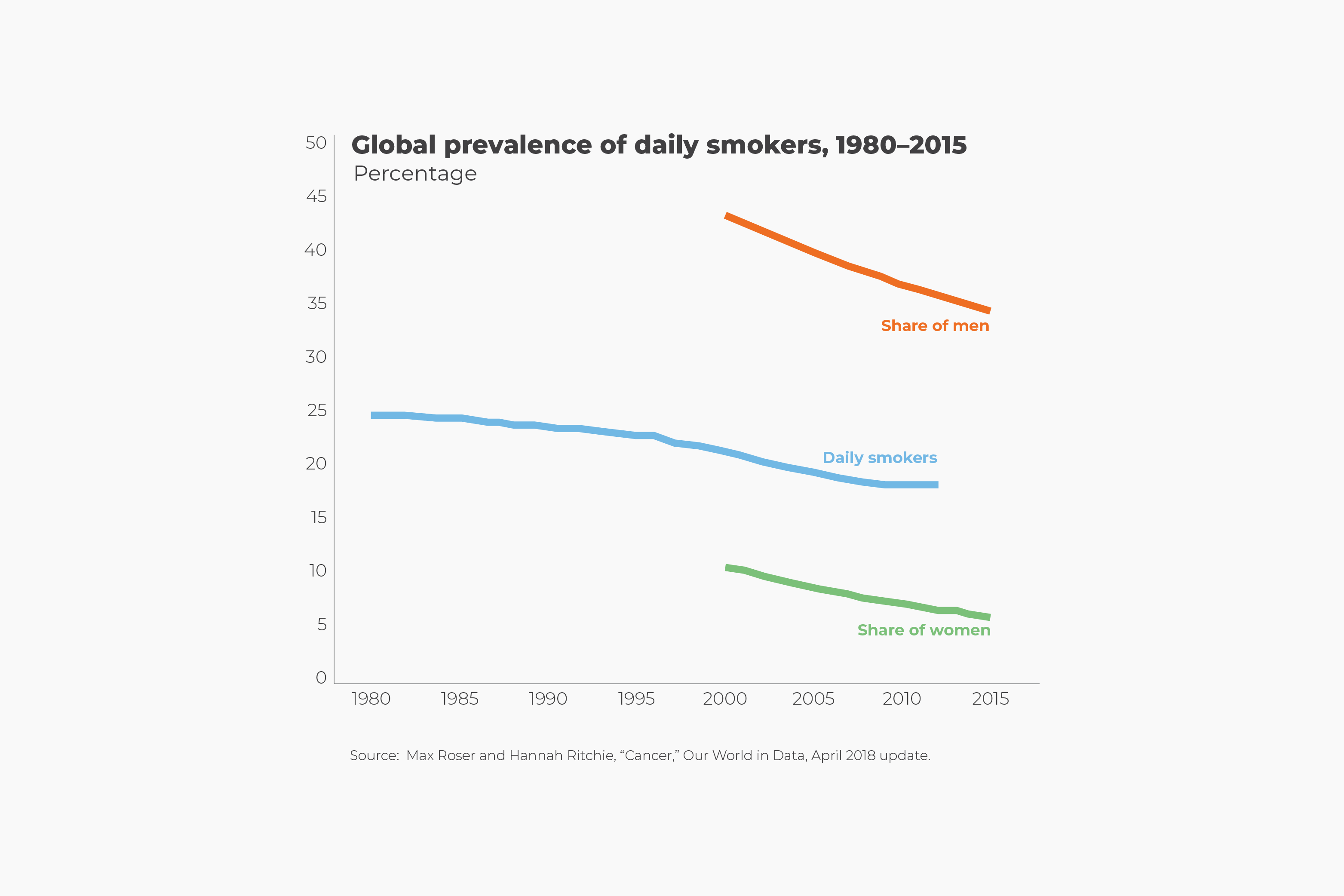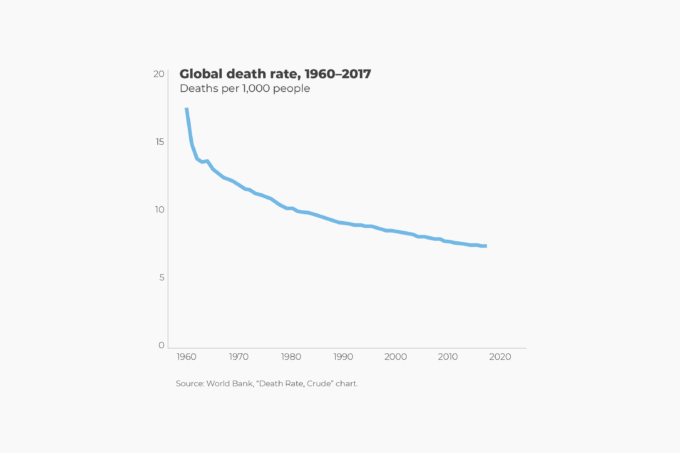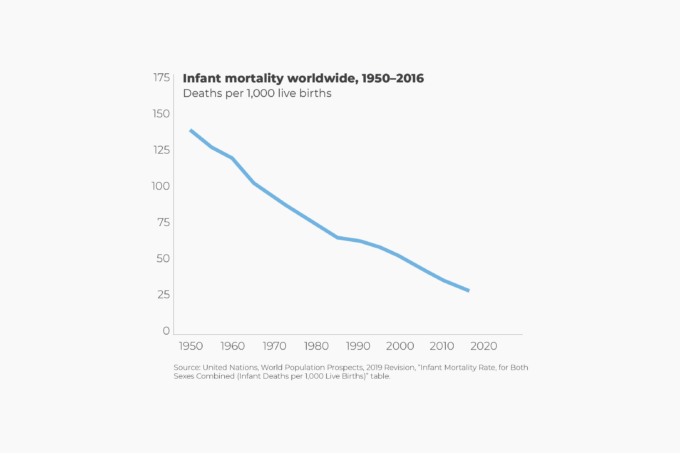Today, we know that smoking tobacco causes 90 percent of lung cancer deaths, but for thousands of years, people smoked with reckless abandon in the Americas. Tobacco smoking originated in Mesoamerica, from which it spread, thanks to the Columbian exchange, to the Old World. By the middle of the 17th century, every major civilization embraced smoking, often in the face of hostile authorities, who tried to stamp out the practice through heavy taxation or outright prohibition.
People use tobacco for many different reasons, including stress relief and social bonding. Nicotine, a stimulant found in tobacco, increases the levels of dopamine and adrenaline, thus leading to feelings of pleasure and excitement. Although highly addictive, nicotine is relatively harmless, which is why people who wish to stop smoking are encouraged to chew nicotine gum and use nicotine patches. It is the burning of tobacco, and inhalation of tar and toxic gases, that causes cancer.
In 1949, Richard Doll from the British Medical Research Council and Bradford Hill from the London School of Hygiene started to look at lung cancer patients in London hospitals. They found that out of 649 patients with lung cancer, only 2 were nonsmokers. Additional research confirmed significantly higher rates of lung cancer among smokers than nonsmokers. By the early 1960s, the first restrictions on smoking began to appear, including bans on the sale of cigarettes to children and on smoking in public places.
Because of population growth, the absolute number of daily smokers has continued to grow, rising from 720 million in 1980 to 967 million in 2012. Over the same period, however, the estimated prevalence of daily smokers fell from 25.1 percent to 18.6 percent of the world’s population. Between 2000 and 2015, the share of women over the age of 15 who smoked (even occasionally) fell from 11 percent to 6.4 percent. Among men, that number fell from 44 percent to 35 percent over the same period.






